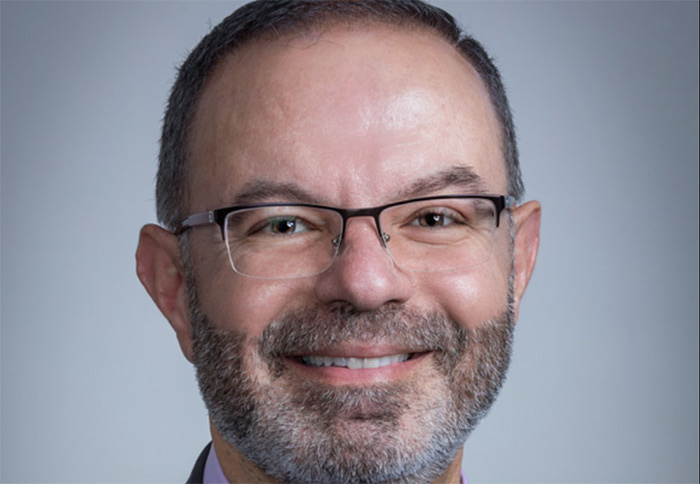Colleges challenged to increase low-income student enrollment
The Claremont Colleges have crossed their hearts and their “T’s” in favor of increased accessibility for low-income students. This topic of discussion was the focus at an educational summit held at the White house on January 16.
President Barack Obama, the First Lady Michelle Obama and Secretary of Education Arne Duncan hosted the summit to encourage various undergraduate universities to strengthen relationships with high schools and community colleges, increase access to advising and offer more remedial programs.
The Claremont Colleges were one of hundreds of liberal arts colleges, research universities, foundations and nonprofit organizations invited to present and gather ideas. Each of the 5 undergraduate colleges have expressed the shared goal of increasing their endowments, so they may increase their financial aid assistance to students.
Claremont-McKenna College
During the summit, College President Hiram Chodosh presented CMC’s initiative “The Student Imperative.” The program’s key elements include a study of perceptions and behaviors of students from diverse economic backgrounds, targets recruiting students with special interests and diverse economic circumstances and the preliminary goal of adding $100 million in endowment to CMC’s financial aid resources.
The Student Imperative also has a focus on the Interdisciplinary Science Scholars program. ISS provides full-tuition merit along with need-based scholarships to low- and moderate-income students who will be pursuing interdisciplinary science studies.
Pitzer College
Pitzer President Laura Trombley shared the pathways project at the summit. The college will partner with community-based organizations across the US that focus on first-generation, disadvantaged and nontraditional aged students.
When the spring semester starts, recruitment counselors will invite the counselors and participants in their territories to participate in an education tour on the Pitzer campus. The admissions office will also host college admission workshops, conduct interviews and offer essay-writing tutorials during their visits to communities across the country.
In the summer of 2013, after creating a plan to attract more first-generation students, the school saw a 40 percent increase in target applications. Later this year, Pitzer will begin a speaker series and networking events to help with the first-generation transition to college life.
Harvey Mudd College
Harvey Mudd is now exploring ways to guarantee students the opportunity for experiential learning practices such as an internship or research alongside a faculty member. The college has financial aid policies in place to eliminate tuition as an obstacle for low-income students. A bridge program, tutoring, auxiliary courses help retain students so they may graduate within six years of graduating from high school.
HMC’s Upward Bound program was recently granted $3.25 million in federal funds. The program is looking to boost its number of participants to 145 with at least 60 percent of the students graduating within six years of graduating high school.
Pomona College
Currently, the number of low-income students sits at 17 percent for Pomona. To increase that number to 20 or above within the next five years, the admissions officers will be traveling to more community-based organizations, increase resources for students to visit campus and take advantage of new tools on college board and similar sites to better identify and communicate with students who could be a fit for Pomona.
To increase their community college transfer students, Pomona College noted in a release that they will be focusing on increasing resources that build relationships with compatible community colleges. This includes working with community college transfer coordinators to include Pomona as a transfer option.
Scripps College
The college’s campaign looks to expand the financial aid and scholarship endowment by $35 million over the next five years so students have the chance to attend Scripps regardless of their ability to pay. This goal has Scripps hoping to increase their Quest Bridge scholars from 8 students to 10-15 students on campus. The Quest program offers full-four year scholarships with no loans, no application fee and the chance to attend one of the nations 32 top-tier colleges for underserved students.
Programs similar to the president’s goals have already been recognized at Scripps. The Scripps College Academy was honored with the National Arts and Humanities Youth Program award in 2010. The summer program is designed to prepare incoming racially and economically diverse students for college academics serving 350 students a year.
—Christina Collins Burton
storribio@claremont-courier.com








0 Comments